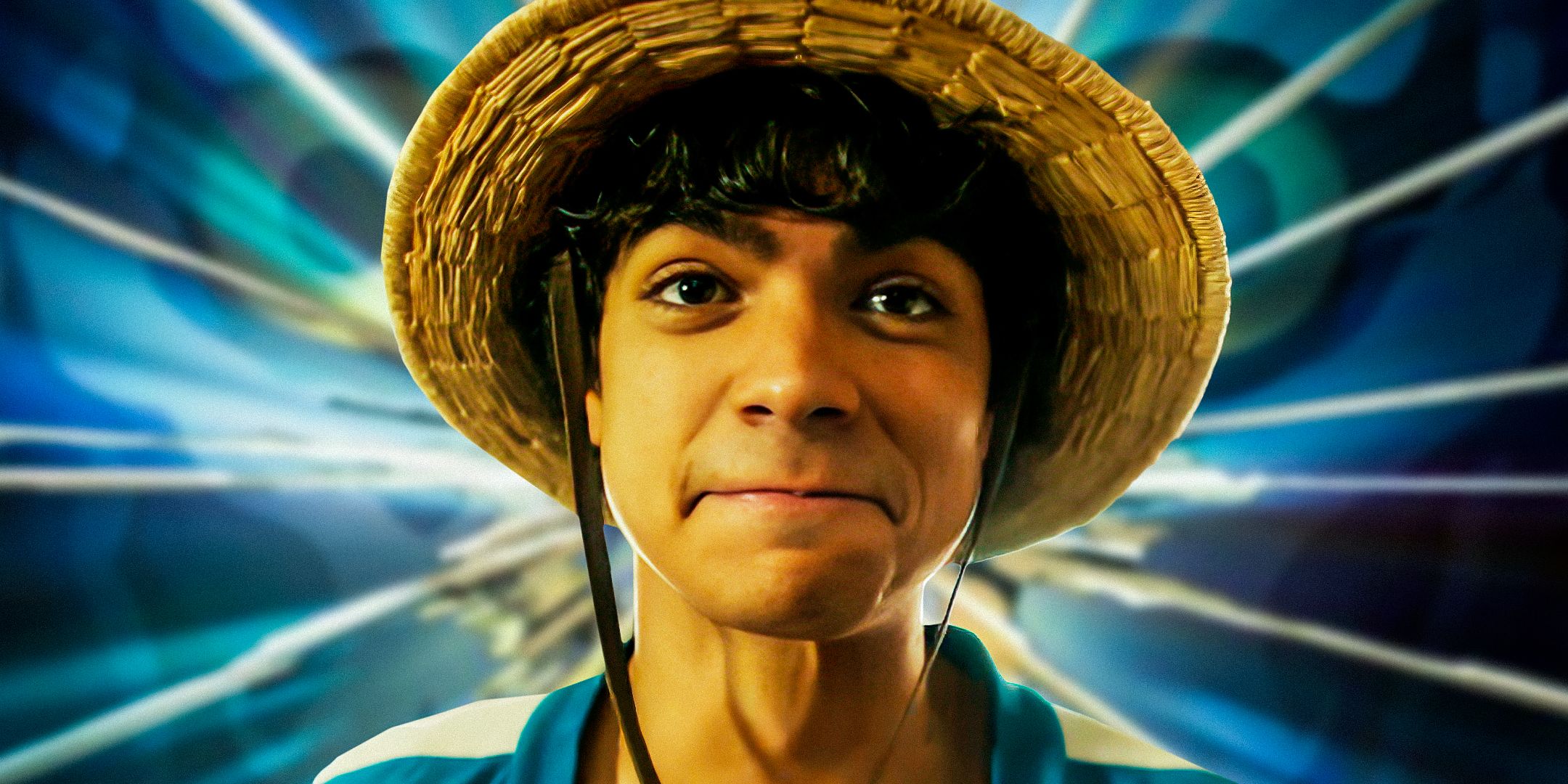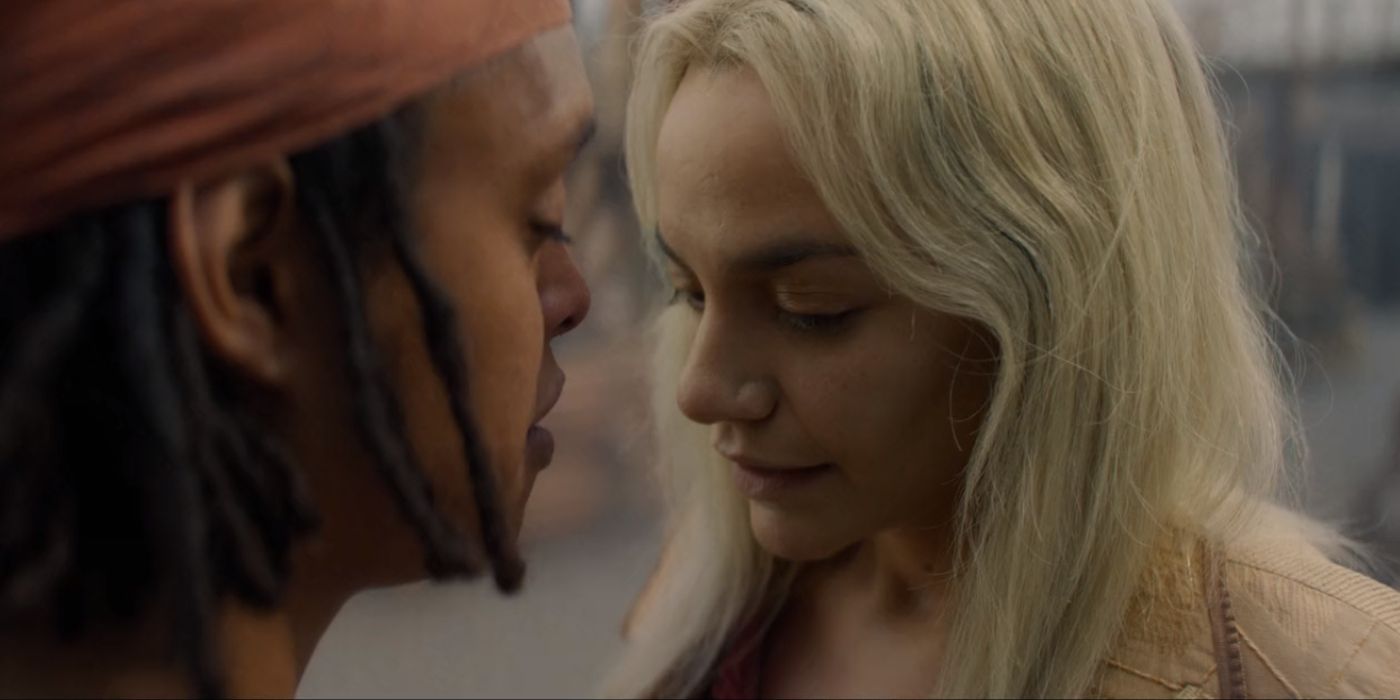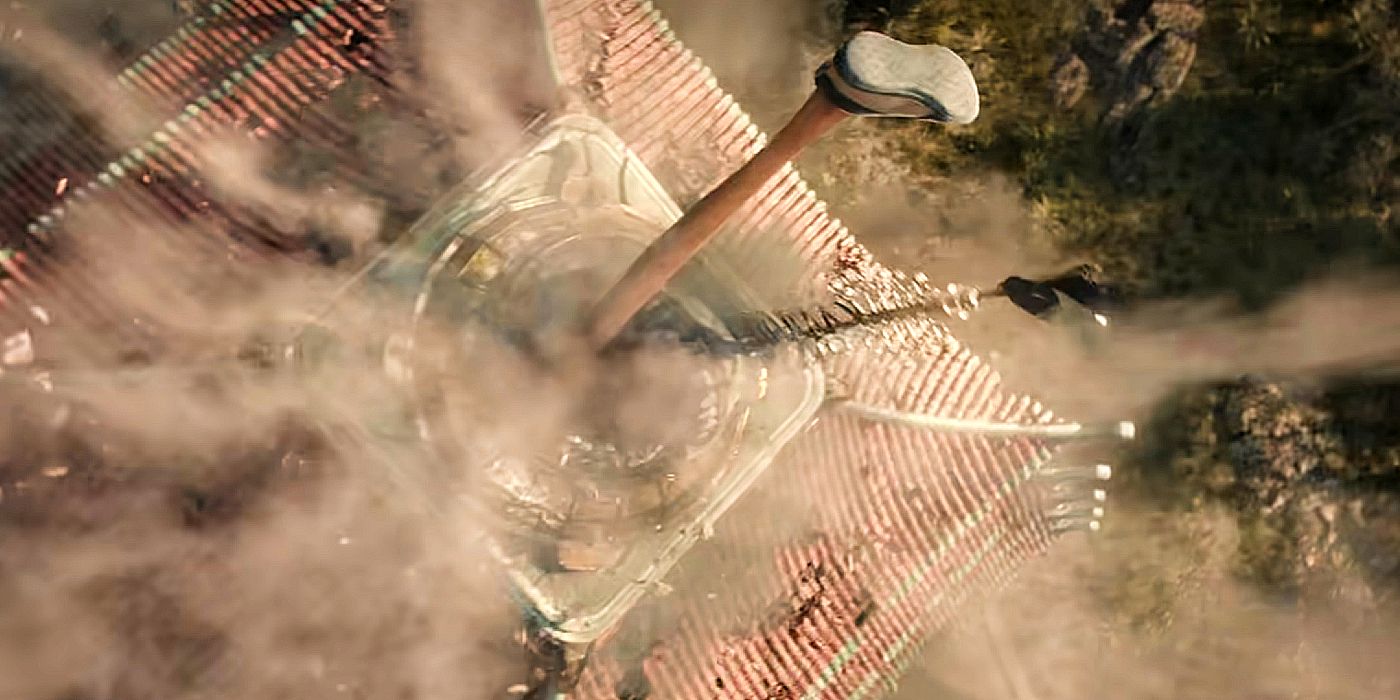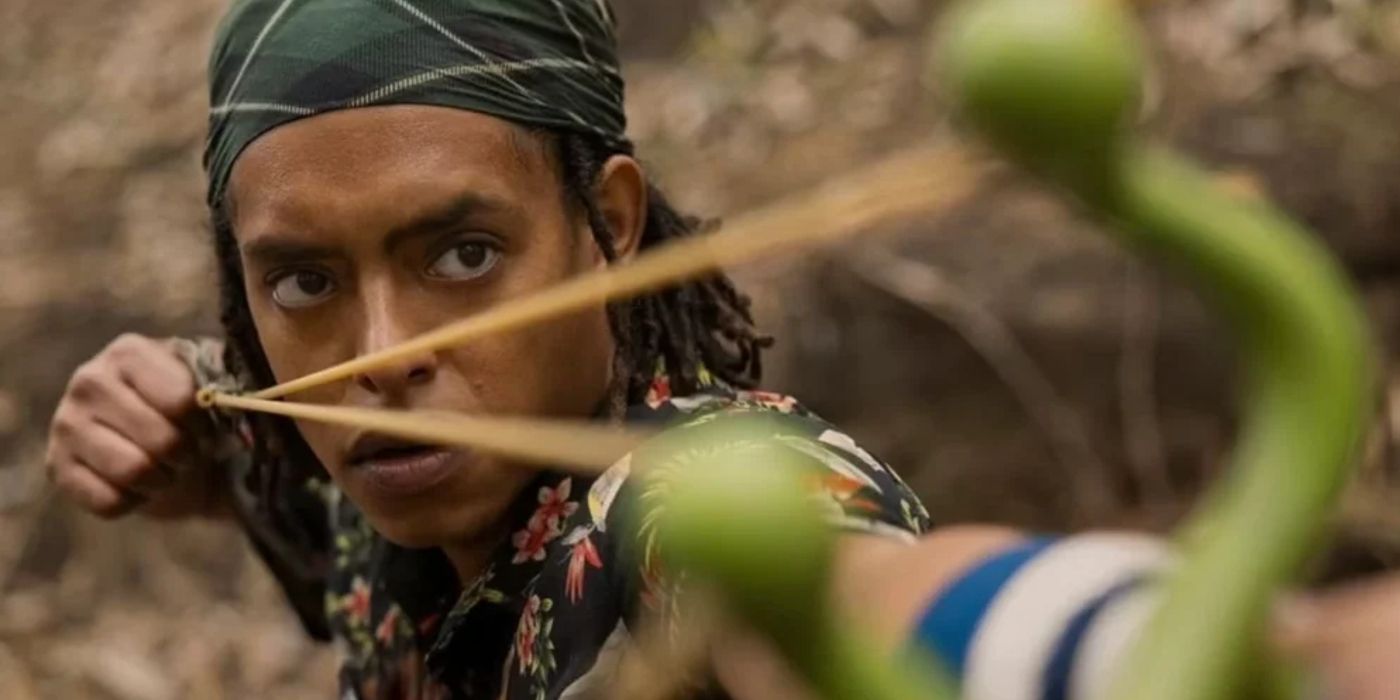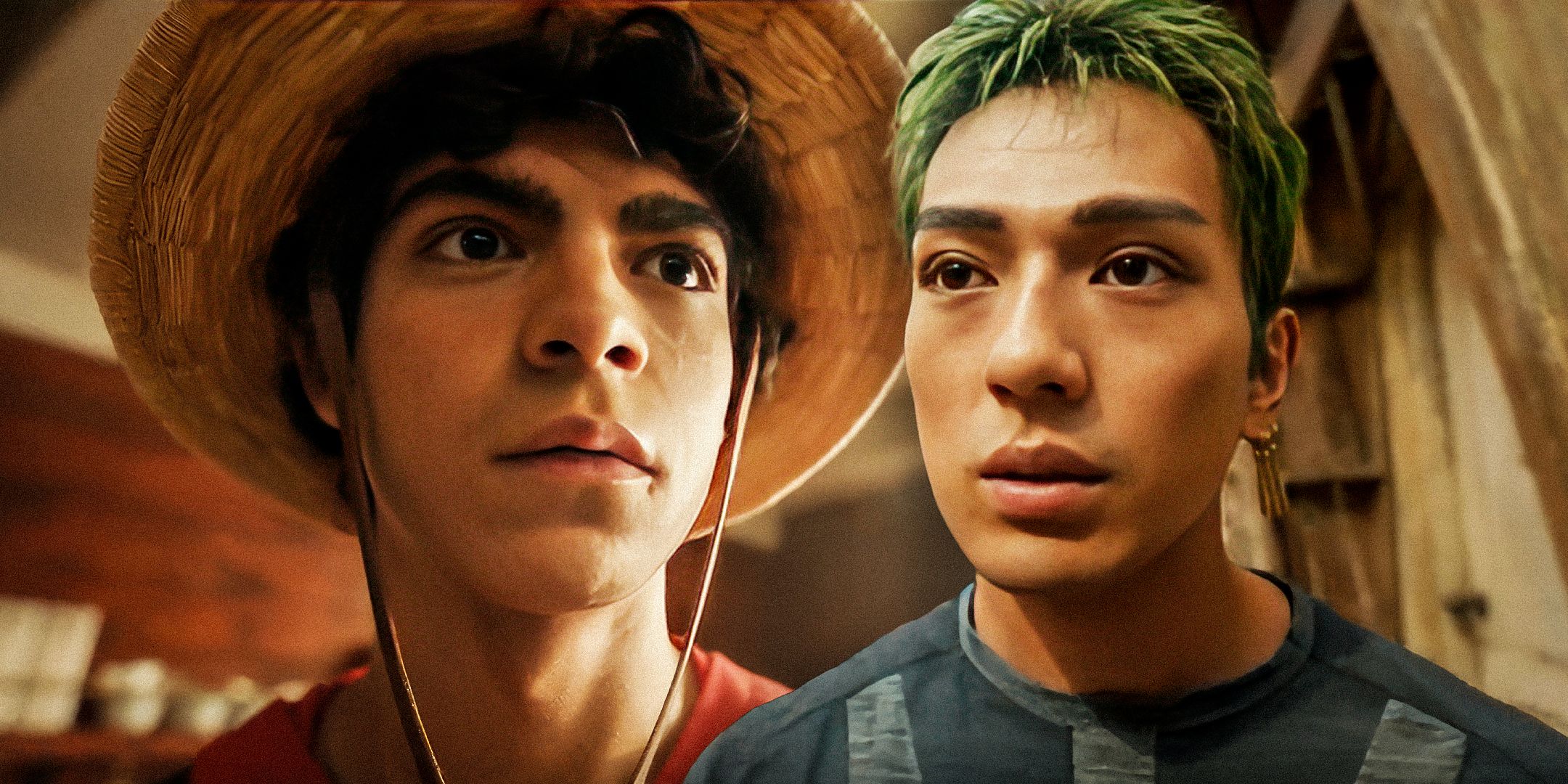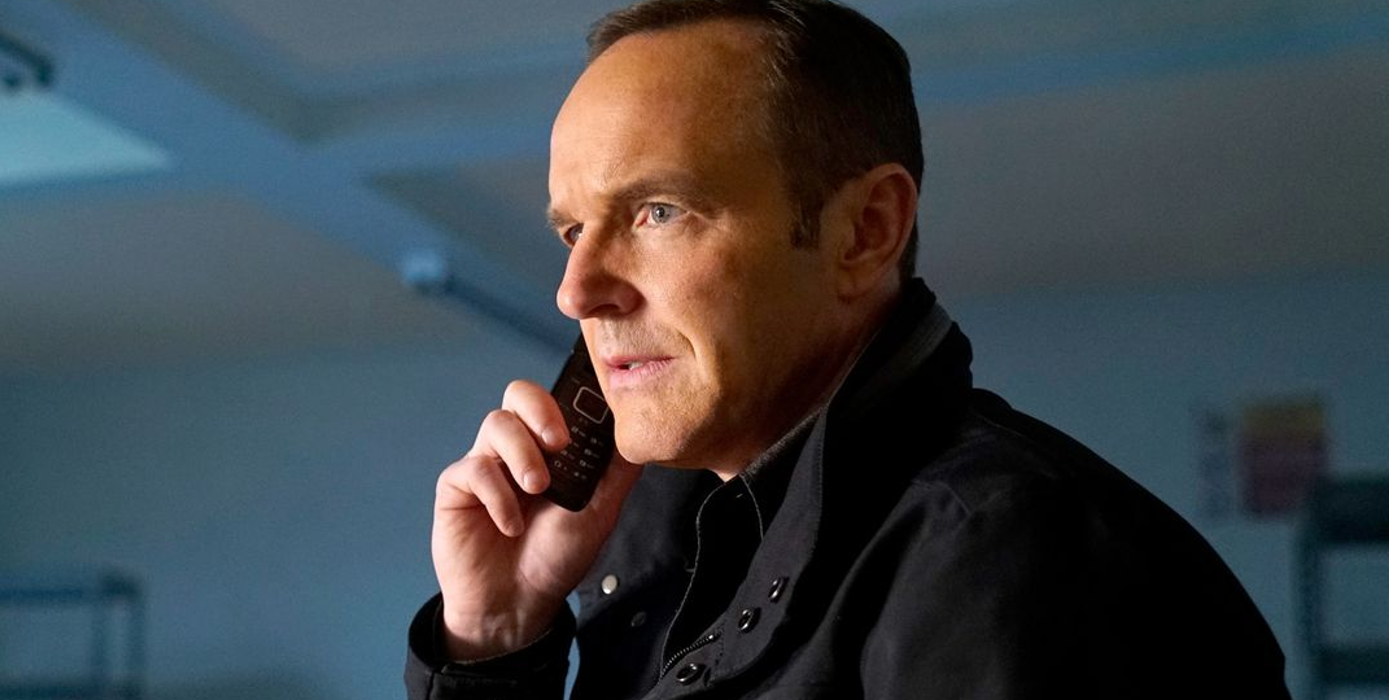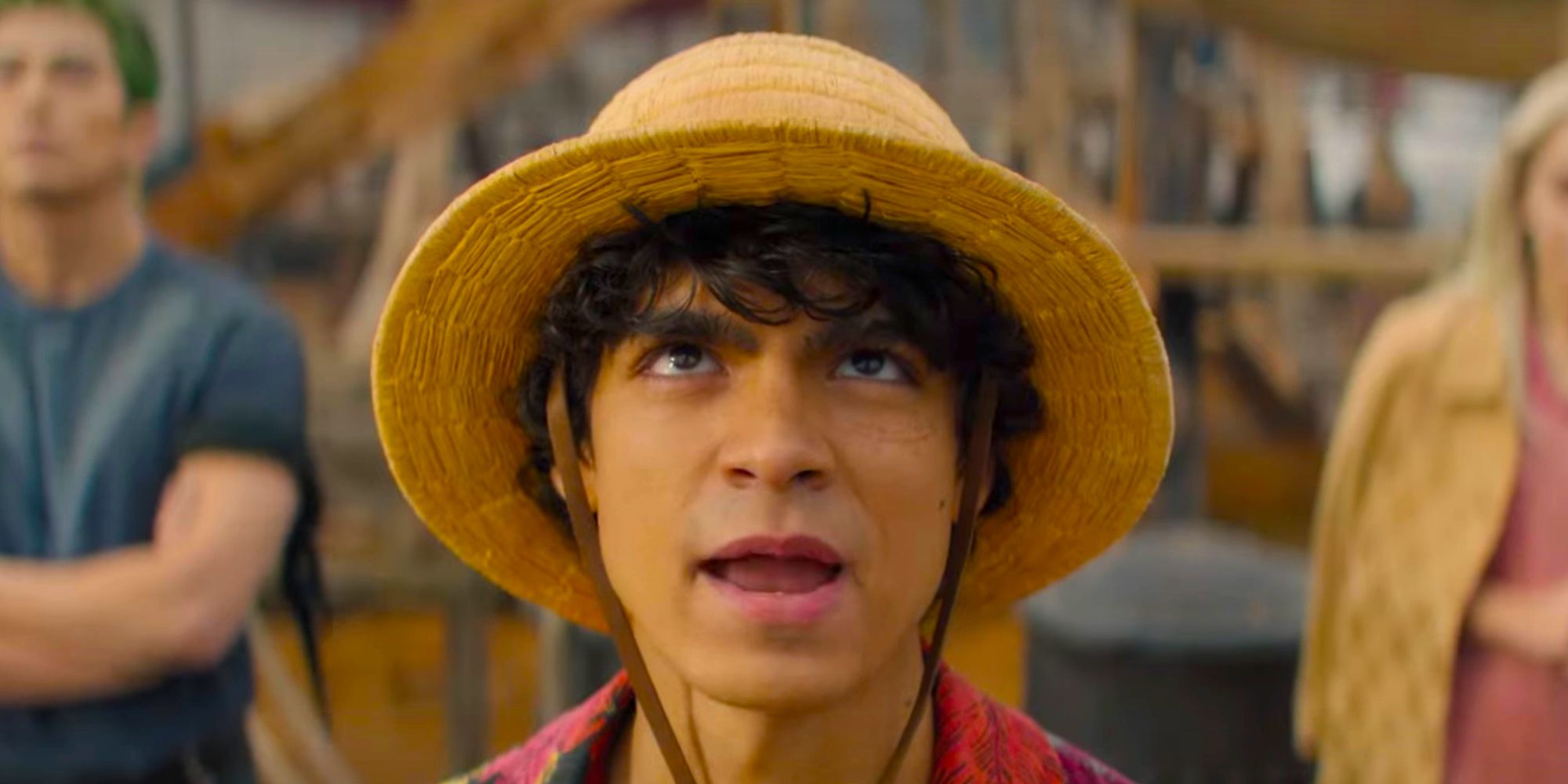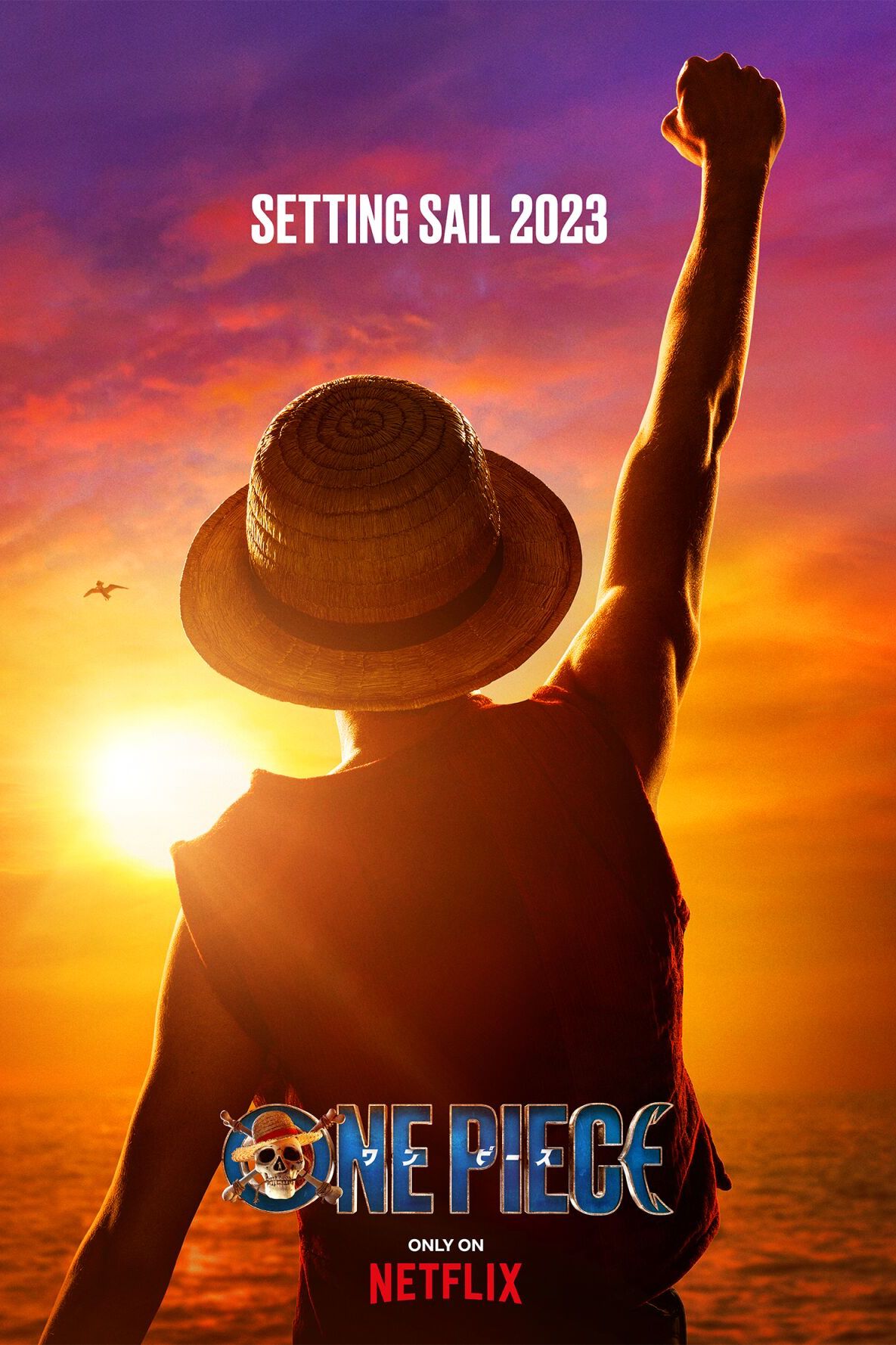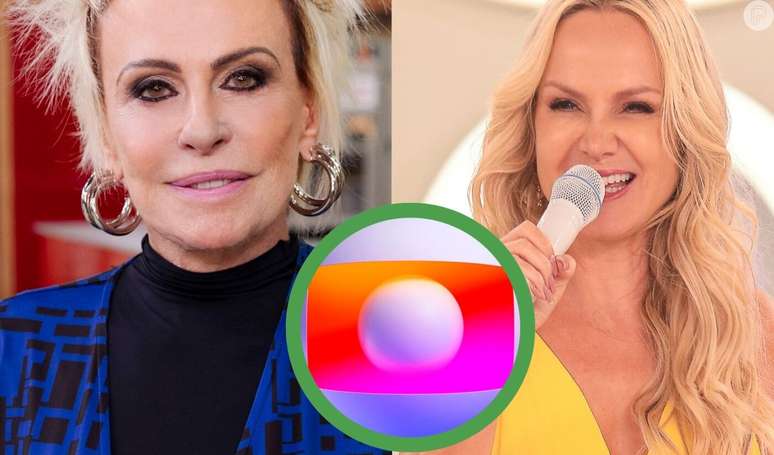Summary
-
Screen Rant
interviewed
One Piece
live action editor Eric Litman. - Litman worked on key
One Piece
episodes, ensuring emotional depth and seamless storytelling in action sequences. - Litman’s collaboration with VFX ensured a visually stunning world for
One Piece
, with season 2 scripts promising more captivating stories.
One Piece season 1 quickly became one of Netflix’s most-watched live-action series when it debuted in 2023. One Piece managed to capture the unique feel of Eiichiro Oda’s quirky source material and adapts around 95 chapters or 10 volumes of the original manga. With One Piece season 2 in development and the manga series still being created after over 1,100 chapters, there is quite a lot of opportunity for future live-action stories.
The unique world of One Piece was translated from page to screen thanks to a large group of creatives including developers Matt Owens and Steven Maeda, the amazingly intentional composers Sonya Belousova and Giona Ostinelli, and editor Eric Litman. Litman was one of a number of editors who worked on the series, and primarily lent his talents to the pilot episode and episodes 3 and 4. Litman also worked on Marvel’s long-running Agents of S.H.I.E.L.D., ultimately putting together 40 episodes of that series.
Related
One Piece Season 2 Set Photo Teases New Pirate Ship
A new photo has been released from the set of One Piece season 2, teasing the arrival of a familiar pirate ship from the source material.
Screen Rant interviewed Eric Litman about his work on One Piece. Litman discussed using editing to improve already strong script moments, teased season 2, and touched on his work on Agents of S.H.I.E.L.D.
Eric Litman On Collaborating With Other One Piece Editors
Screen Rant: I know you were one of three editors to work on the pilot. Is that common in your field, or does that imply drama?
Eric Litman: No, no drama. We had a great team on One Piece. I was brought in initially toward the end of production to handle episodes three and four. When I came on, Kevin Ross was cutting the pilot. Tessa Verfuss, who I’ve worked with, was over in South Africa. I’d worked with the South Africa crew on a previous show, Black Sails, and that’s where production was. She was handling her own set of episodes.
On One Piece, all the episodes were a very long shoot and post-production process. We had tons of visual effects, so it takes a long time to get the episodes finished. Everybody was handling their own specific episodes, and as we got closer and closer to premiering, we did lots of notes and Oda gave us his thoughts. Various people came and went for scheduling reasons, Tessa took over the pilot for a period of time, and I took over the pilot for the end. We all handled specific aspects of that of that pilot. Everyone was a great team.
Litman Focused On Keeping One Piece Grounded & Emotional
You’re working with this property that also has an anime and a manga. How much does the look of the manga or the rhythm and pace of the anime influence what you do?
Eric Litman: I obviously think about that stuff, but I try not to be beholden to that. On every show I work on, I let the material speak to me. It will tell me what needs to be done.
You want the character’s emotional resonance to come through, and you want things that feel grounded. With anime and manga, there are certain things they can do in those mediums, but in a show like One Piece and other shows I’ve worked on, you want the audience to connect. If it gets too wild, people may not be able to relate to and connect to the drama that’s happening on screen.
How does that play into your work on action sequences? One Piece has such great fight scenes, and there’s a lot of crazy stuff happening.
Eric Litman: We had a great action team over in South Africa that really plotted out the fight sequences, and we had terrific directors. Emma Sullivan shot the episodes that I cut—episodes 3 and 4—and we had just great stunts. Everything was storyboarded, well thought out, and planned, so I had a pretty good idea what the objective was with the fight sequences. That being said, you just don’t want nonstop action or nonstop stunts. You want to have some levity or some sort of emotional moment so that people can connect with what’s happening.
In episode 4, we had this big fight with young Zoro and young Kuina fighting. He wants to be the best swordsman, and he’s being out maneuvered by Kuina. He finally relinquishes to her and says, like, “Just kill me. I can’t match you.” And they have this terrific moment where she shares her thoughts— “I’m not going to be able to be a swordsman. I’m a girl, but when I become a woman, that’s not how this world works.” He says, “No, that’s crazy, and we’re both going to be the best.” It’s a great moment between the two of them when they make a pact.
Unfortunately, Kuina’s journey ends suddenly and tragically, and he takes the mantle for both of them. You connect with the overall arc of his character, and it specifically came into play in his flashbacks and when present-age Zoro is climbing out of the well. He’s thinking about what happened in his past and why he has to get out of this. He owes it to Kuina. It’s terrific action, but it’s not just all action. There’s a lot of a lot of great drama there.
And in those episodes, you also have the Usopp and Kaya story and that romance. How do you approach those? I imagine it’s different, making sure those breathe in the right way.
Eric Litman: Surprisingly, the Usopp/Kaya scenes and the Zoro well scene were constructed in a very similar way. Both were scripted, shot, and cut in a linear fashion. We got notes from Oda and our showrunners, Matt Owens, and Steve Maeda—terrific storytellers, all three of them—that said, “These are great scenes, they’re shot beautifully, and they’re acted wonderfully. It’s just taking some time to get through all this. What can we do to make that work?”
So with Kaya, Nami, Usopp, and Luffy in episode 3, when each one of them is trying to pretend that they don’t love the other or care for the other, what we ultimately did in post is we took those things and intercut them, so it became a question-answer section. Usopp and Luffy are talking, and then Kaya would answer the question, and vice versa. We did that in the edit and changed a line here or there, and it came out so, so beautifully.
The Zoro well scene was scripted, shot, and cut in the exact same way. We were also given a note of, “Is there a way to intercut this?” We were able to figure out in the edit, “Well, we had all this extra footage that our director, Emma Sullivan, shot, and we have close-ups of Zoro’s face,” and we were able to really land these moments. It made the sequences really sing, and you really connected with these characters on their journeys.
Eric Litman Discusses His Relationship With VFX
I’m curious about your relationship with VFX. How final are the effects as you’re editing, and how much are you communicating with that department?
Eric Litman: On a lot of the big visual effects shows that I work on, I’m constantly talking to to visual effects. I have a pretty good idea what the plan is before they shoot something. Then, once they shoot things, obviously things change, and we discuss that. Once we’re deep in post and we’re trying to finalize things, I’m always talking to them.
A lot of times I’ll have pre-visualization shots that I can put in—very rudimentary graphics to get an idea of what we’re looking to do. Then, there are times where I will talk to them and try to figure out, “What’s a better way to tell the story?” On
One Piece
, one of the things we did on the pilot was, “How do we get into this world? What’s the best way to world-build the world of One Piece?”I had a lot of discussions about that with our visual effects team about how to set up the opening of this world, specifically Loguetown. Through our discussions, we came up with a lot of different variations of shots for that opening sequence. I had some ideas that they ultimately temped. Not all of those ideas stuck, but what was great about those conversations was that they springboarded into something else. We had a really great collaboration that ultimately became what we saw.
Nothing Big Was Left Out Of Episodes 3 & 4
Do you have a scene or scenes from One Piece that you were saddest to not have in the final edit?
Eric Litman: Wow, that’s a good question. No. I’m so proud of how the episodes turned out. I really am thrilled with working with everybody on the show, and the collaboration. I’m extremely proud of the funeral scene and the climbing out of the well in episode 104, “The Pirates Are Coming”. I rewatched the episode the other day, and I was watching the end sequence with Kuro, Nami, and Kaya and I was like, “Wow, this is such a great sequence.” He’s stalking them and it was terrific shadow play and great tension.
Eric Litman Teases “Terrific” One Piece Season 2 Scripts
The second season is starting production next month, and people are wondering about everything from locations to characters to episode count, because people are hopeful that it’ll be longer. Can you speak to anything about season 2?
Eric Litman: I will say that I’ve read some of the episodes and they’re terrific. That’s about as far as I go. I don’t want the Netflix police to come after me. It won’t disappoint.
Eric Litman Reflects On Agents Of S.H.I.E.L.D. And Deviating From The MCU
As I watched Agents of S.H.I.E.L.D., I remember there being so much discourse about whether or not it was Marvel Cinematic Universe canon, and at one point the series just seemed to be abandoned by the MCU. Do you remember having the same question of, “Is this canon?” and was that a frustrating thing to try and figure out?
Eric Litman: I thought it was exciting. In the early days of that show, we were definitely tied into the Cinematic Universe. We had the fall of S.H.I.E.L.D., which definitely was a huge storyline of season 1. The Ultron storyline sort of led into our storyline for season 2. For whatever reason, I was always involved in those episodes, and they were always the tightest schedules—you’re working around the clock, and it was exciting. We had a lot of fun with that stuff.
As the show progressed, like when Ghost Rider came into play, we were sort of… I don’t want to say we were left to our own devices, but we sort of deviated from what was happening in the film universe. That was a lot of fun. Suddenly, a lot of freedom opened up, and we were able to do some pretty cool stuff.
Season 4, which I’m extremely proud of, had the premiere of Ghost Rider. I got to cut that episode. The whole Ghost Rider storyline, I’m so proud of. And then, at the end of the run, we talked about a Snap with Thanos. So, it was referenced. We were never frustrated. Agents of S.H.I.E.L.D. was such a tight-knit family. We were excited to come to work every day, and it was a lot of fun. That was a good group of people.
In the same vein as One Piece, were there any dropped scenes or storylines from Agents of S.H.I.E.L.D. that you wish had made it in there?
Eric Litman: The Agents of S.H.I.E.L.D. finale was originally like an hour and 20 minutes. It was a really long finale. It was huge, it was epic, [but] it was on network television, and you have to adhere to certain episode lengths. We were able to get a lot of that in, but there was just a lot of stuff that ultimately went on the cutting room floor. I don’t think it hurt the episode, but it was stuff that initially [made us go,] “Oh man, that was such a great scene. I’m sorry see that go.” With that one, I wish there was a version of it out there that we could have played a little bit longer, but at the end of the day, I’m very proud of all the episodes I did on that show.
About One Piece
Based on Japan’s highest-selling manga series in history by Eiichiro Oda, ONE PIECE is a legendary high-seas adventure unlike any other. Monkey D. Luffy is a young adventurer who has longed for a life of freedom since he can remember. Luffy sets off from his small village on a perilous journey to find the legendary fabled treasure, ONE PIECE, to become King of the Pirates! But in order to find the ultimate prize, Luffy will need to assemble the crew he’s always wanted before finding a ship to sail, searching every inch of the vast blue seas, outpacing the Marines, and outwitting dangerous rivals at every turn.
One Piece
season 1 is out on Netflix now.

